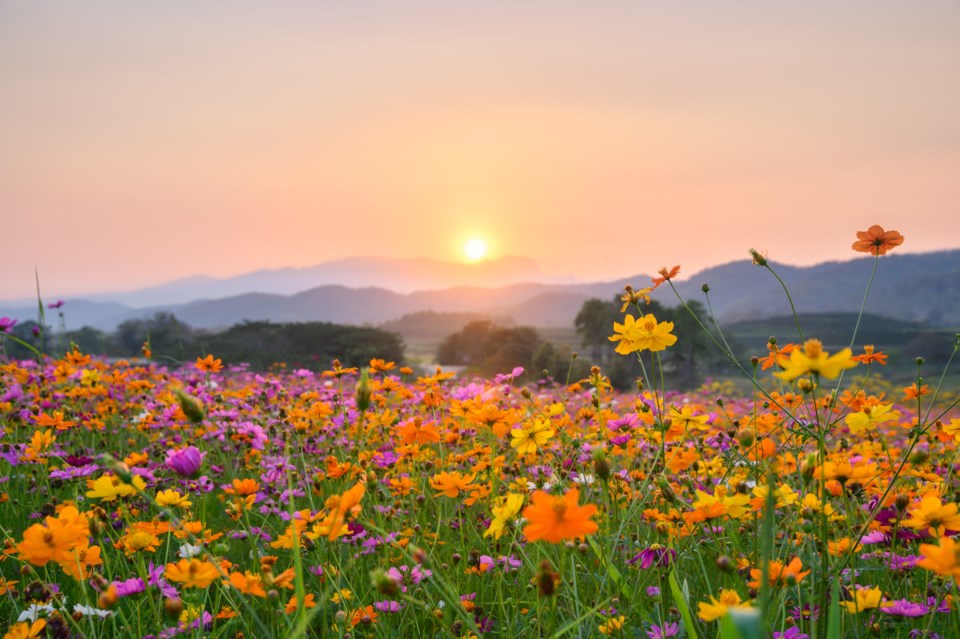YORKTON - After the lunar new year recently, I found some interesting articles about the theory of planting by the phases of the moon. Let’s make some tea and sit down to chat about this fascinating idea!
It’s not only an exciting idea, but an ancient idea. Gardeners long past have used the moon as a guide to planting; I have read that indigenous gardeners called the moon “Grandmother Moon” and honour her for guiding and moving the cycles of life. I’m sure we all know of someone who believed in planting during certain phases of the moon, sure that the crop would be better. And chances are, it was!
In the consistent way that the moon has effects on the tides in the ocean, the theory of lunar planting says that the same pull affects seeds and their vigour in sprouting and growing, as well as the moisture level of the soil.
So what are the phases of the moon? There is the new moon, the waxing moon, the full moon, and the waning moon. The new moon starts the show: it is the time when the earth blocks the sun’s light from hitting the moon, so all we may see is a dainty crescent in the night sky. As time passes, we begin to see more of the moon, and this is the waxing moon. As the earth and the moon move along in the sky, the full moon comes next, and then begins to fade in brightness as we enter the waning stage.
Of these, the new moon is a great time to plant, because the moonlight increases each night, as does the moisture level in the soil. I learned that this is the time to plant leafy veggies and brassicas. With the waxing moon, the light levels are increasing even thought the moisture may be decreasing, so gardeners should try to plant as we approach the time of the full moon.
( I have read that this time is great for plants that have their seeds inside, like tomatoes and peppers.)
By the time of the full moon, the moonlight begins to decrease, and this is the time to plant our root veggies: beets and carrots and potatoes. And as the pull of the moon and the amount of moonlight decreases with the passing of the full moon, this is the time when we can take care of other garden jobs like pruning.
The moon phases affect not only planting time, but also other gardening tasks. Pruning in the new moon will increase new foliage, while if we do it in the time of the full moon it will decrease growth. Fertilizing and transplanting should be done in the waxing gibbous, the last quarter of the full moon, and can extend into the waning crescent.
While doing my reading to share with you, I came across suggestions to plant a “moon garden”. The idea was very appealing: by day, the area would be a serene oasis of whites, creams and silvers in foliage and flower, but by night the area would become magical as the flowers are illuminated by moonlight! It would be fun to try in an area of the garden, or even in a grouping of containers, using plants like white petunias or osteospermum, white salvia, or dusty miller and dichondra.
Someone once said “With freedom, books, flowers, and the moon who could not be happy?” We gardeners know the source of happiness in our gardens, don’t we!
The next meeting of the Yorkton and District Horticultural Society will be on Wednesday, March 19 at the Yorkton Public Library. Thank you to our friends at YTW for their great work each week. Visit the hort society at www.yorktonhort.ca and have a great week!






